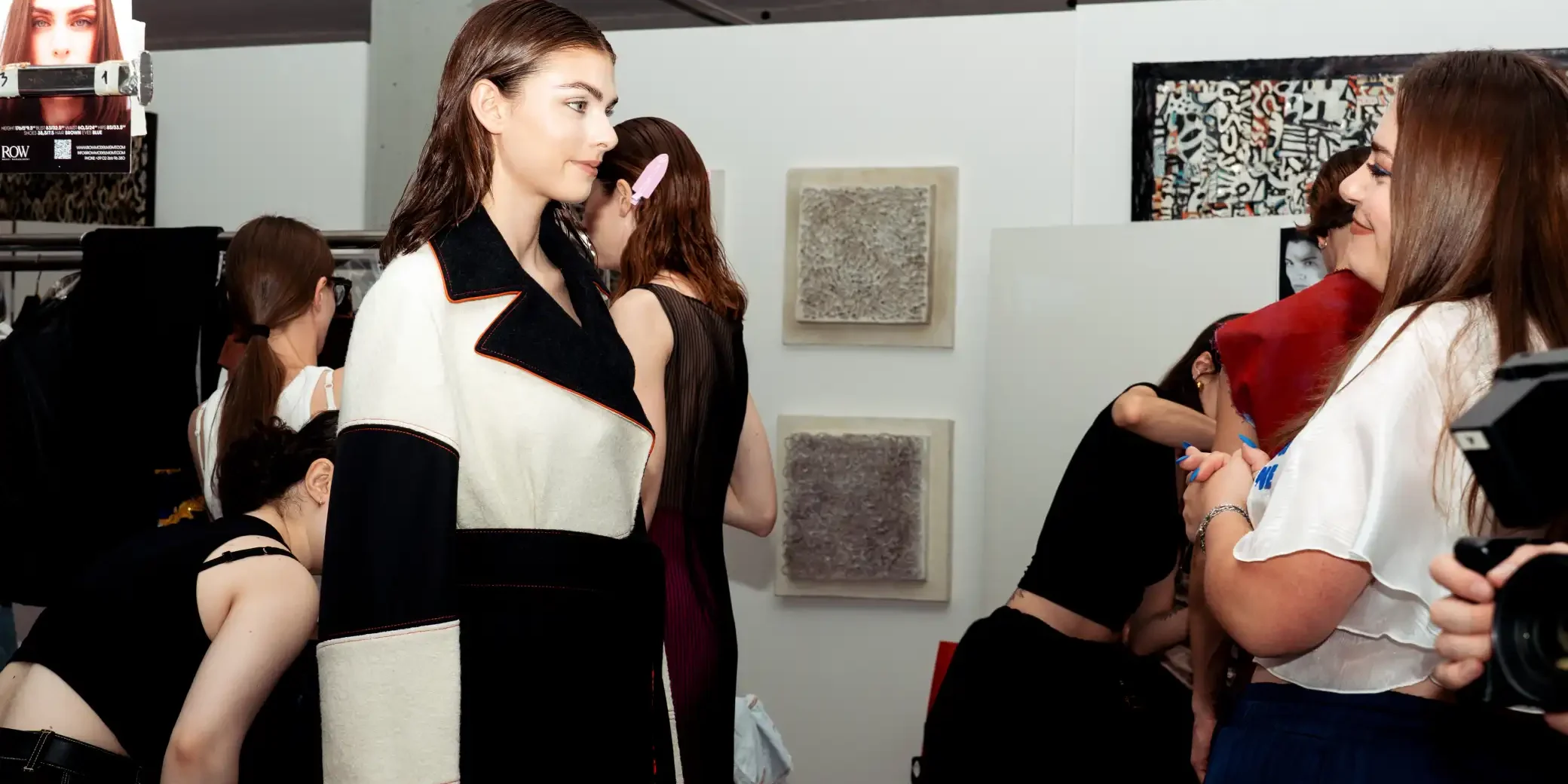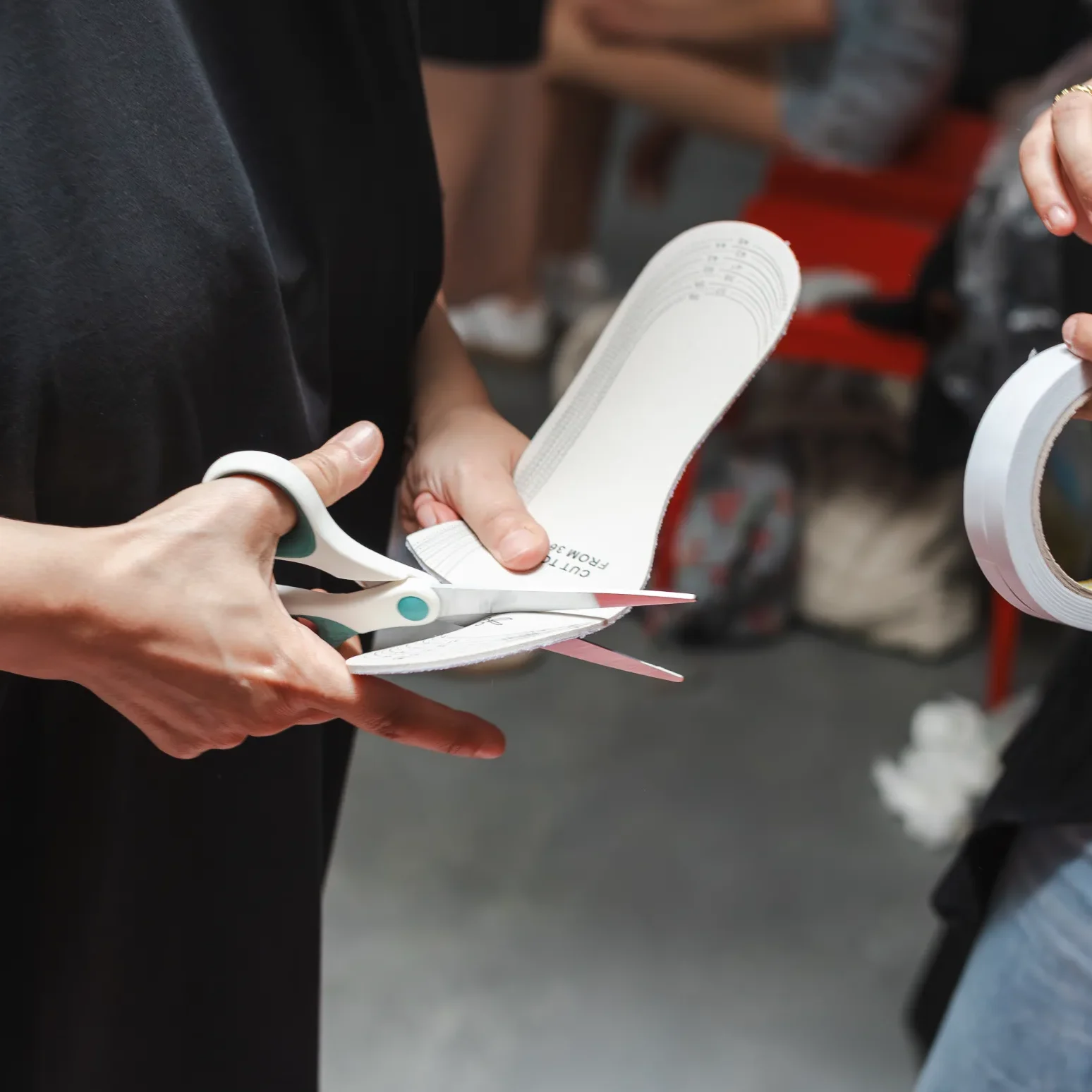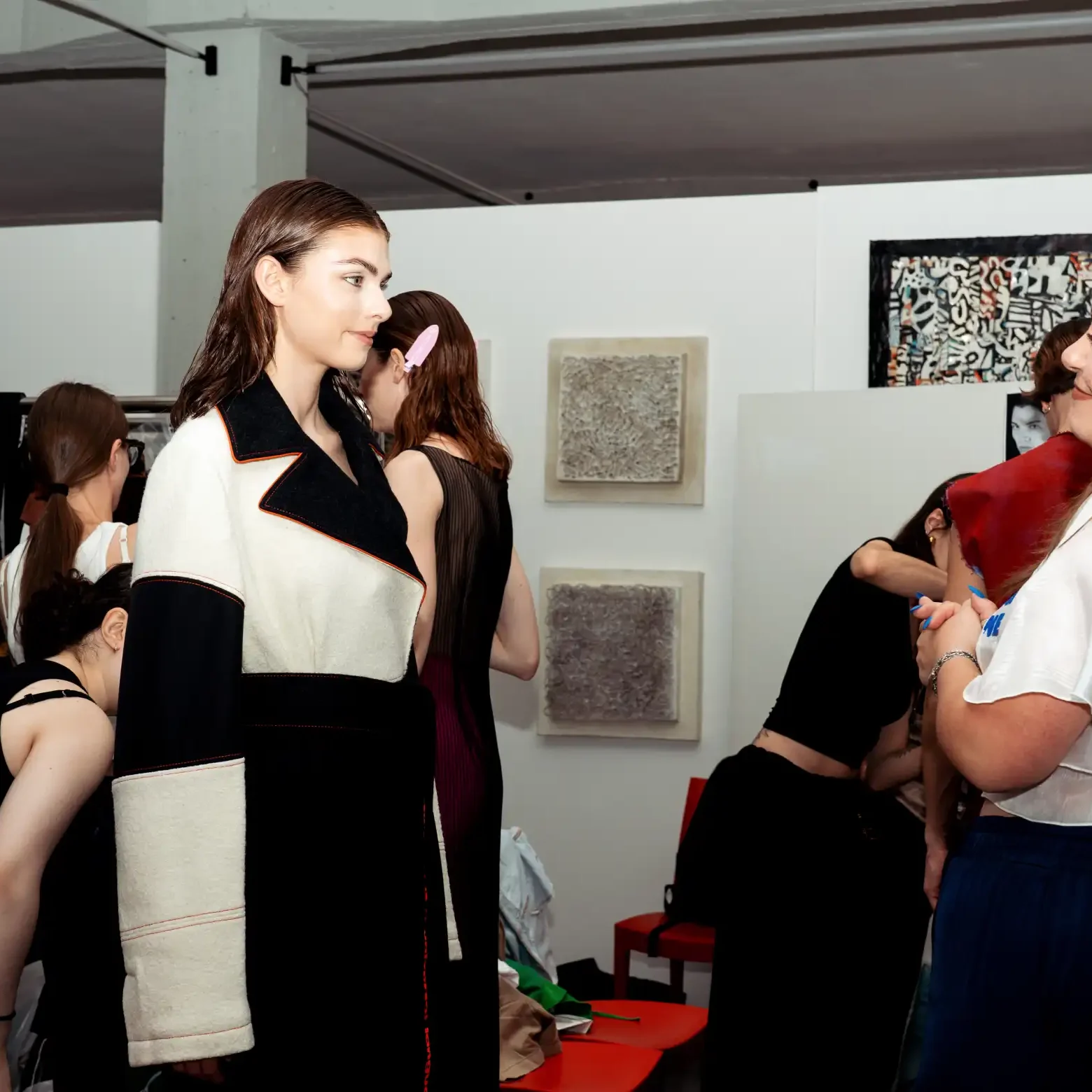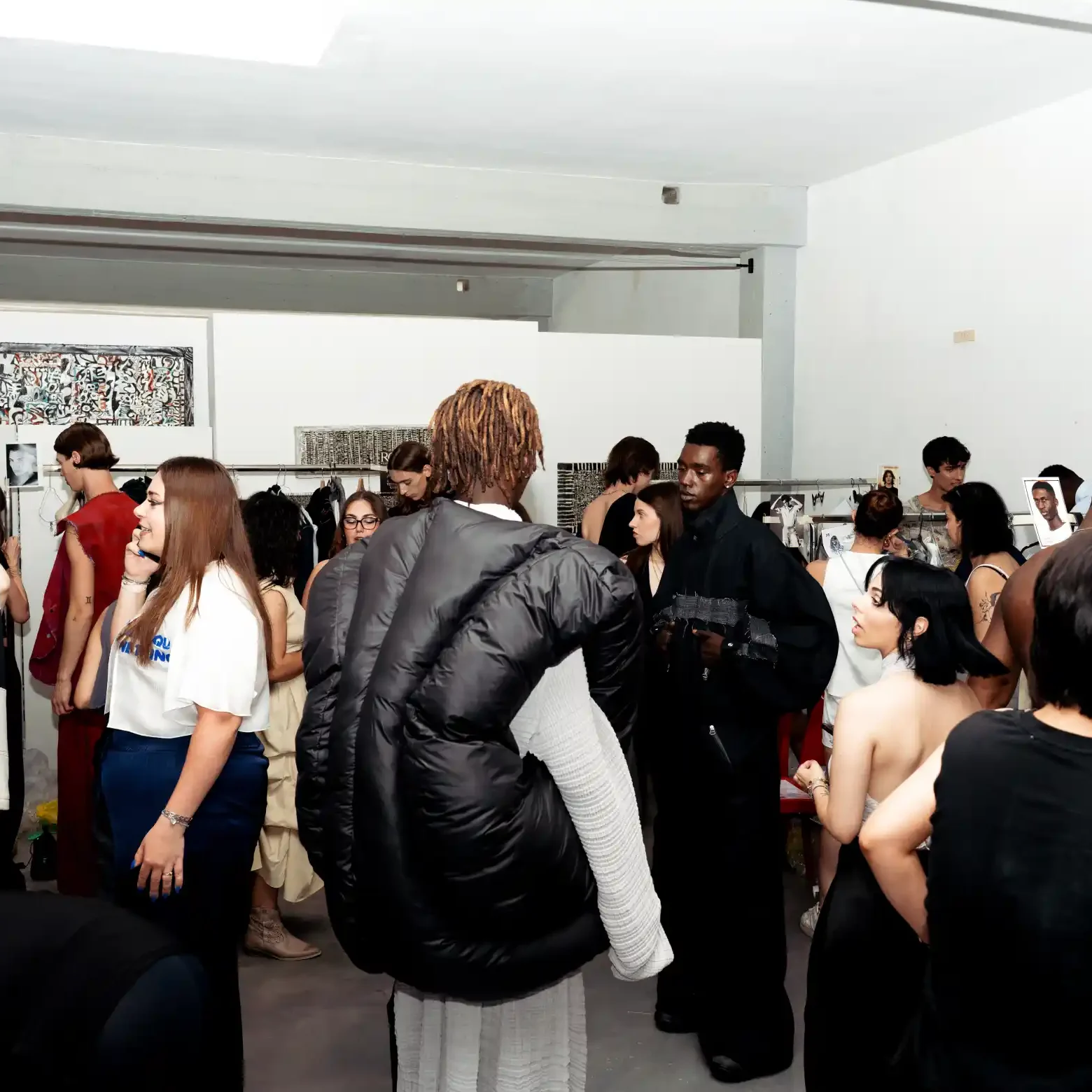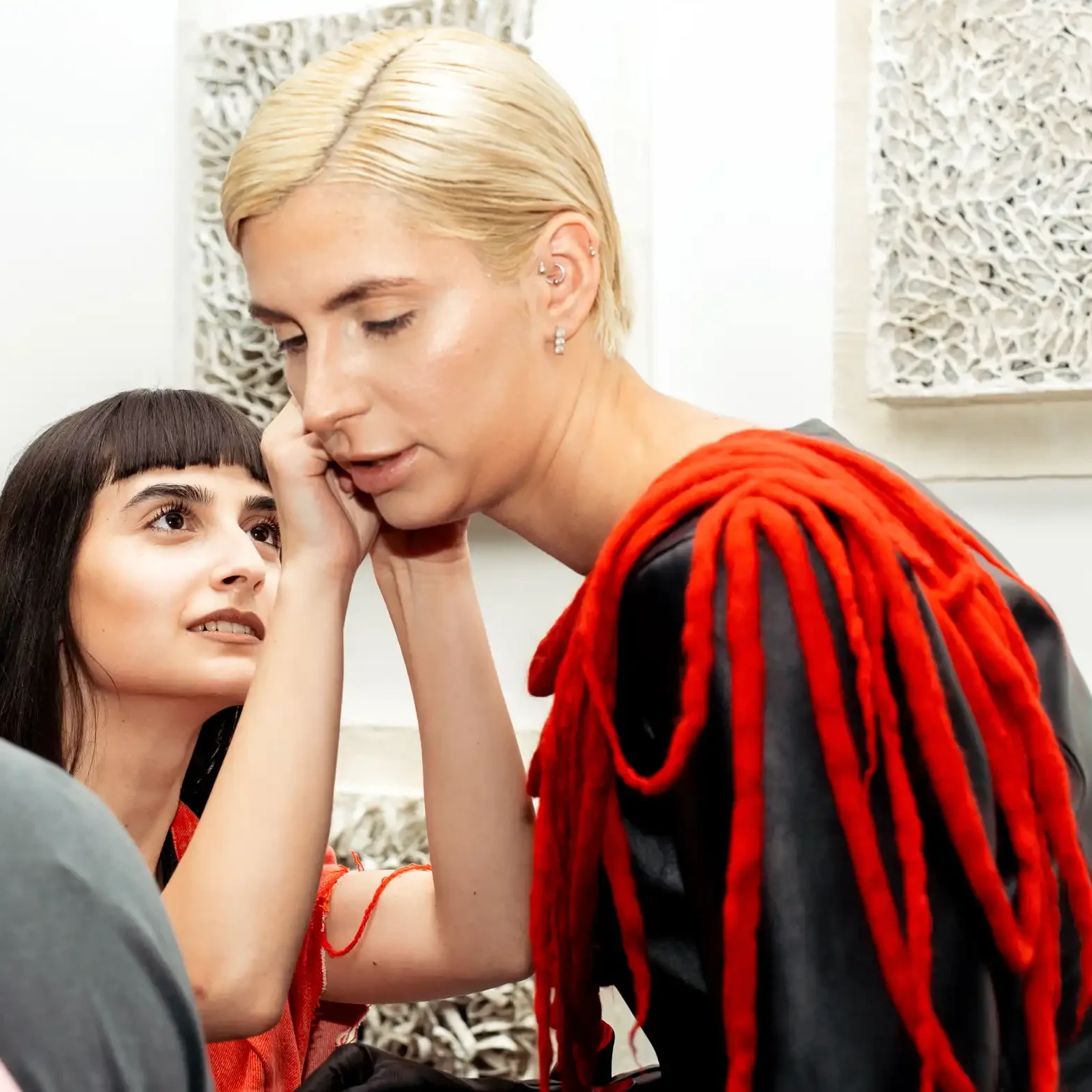Becoming a fashion stylist means entering one of the most creative, dynamic, and in-demand professions in the fashion industry. But what does a stylist actually do? And what are the best educational paths to pursue this career?
The work of a Fashion Stylist
A stylist is a professional who creates the visual identity of a brand, a fashion editorial, an advertising campaign, or a runway show. They manage every detail of an outfit — from clothing and accessories to hair and makeup — to build a visual narrative consistent with the project’s identity.
Their work spans across:
- Editorial styling → like editorials published in Vogue Italia or Icon Magazine.
- Celebrity styling → stylists who prepare public appearances for stars, influencers, and famous personalities.
- Runways and shows → coordinating looks and fittings to ensure everything works perfectly.
- Advertising campaigns and fashion films → such as video projects for Gucci or Prada
How to become a Fashion Stylist
To pursue this profession, following a targeted educational path is essential. In Milan, the international fashion hub, Ferrari Fashion School offers a comprehensive Fashion Styling & Communication program that trains professionals ready to work in editorial offices, communication agencies, and on set.
During the course, students gain hands-on experience through:
- Editorial projects → fashion shootings and content production.
- Guest talks with industry professionals → such as Gianluca Borghi, CEO of 10 Corso Como.
- External experiences → participation in real shoots, campaigns, and runway shows.
Collaboration between fashion stylists and fashion archives in Milan
Studying fashion styling in Milan also means access to some of the world’s most important fashion archives. Beyond runways and maisons, students explore historical collections, vintage garments, and unique materials that tell the story of Italian and international fashion. Students at Ferrari Fashion School work with both historical and contemporary archives, using documents, garments, and accessories as inspiration for new creative ideas. This experience allows them to:
- Deepen visual and stylistic research
- Preserve and enhance the cultural heritage of fashion
- Transform the past into tools for designing the future of styling
Archives thus become true creative laboratories, where memory and innovation come together to generate unique and contemporary projects.
Collaborations with archives and creative organizations include:
Upcycling, customizing, and AI in styling
The work of the contemporary stylist goes beyond simply choosing garments: it is a creative process that combines craftsmanship, sustainability, and technology. Through customizing and upcycling techniques, students transform existing pieces into unique items, giving new life to materials and garments while creating a circular and sustainable wardrobe.
The introduction of artificial intelligence in fashion opens new opportunities for styling:
- Creating digital moodboards to define visual identity
- Simulating personalized looks and wardrobes
- Experimenting with innovative solutions for visual storytelling
This synergy between sartorial manipulation and digital tools represents the future of fashion styling, combining creativity, personalization, and environmental responsibility.
